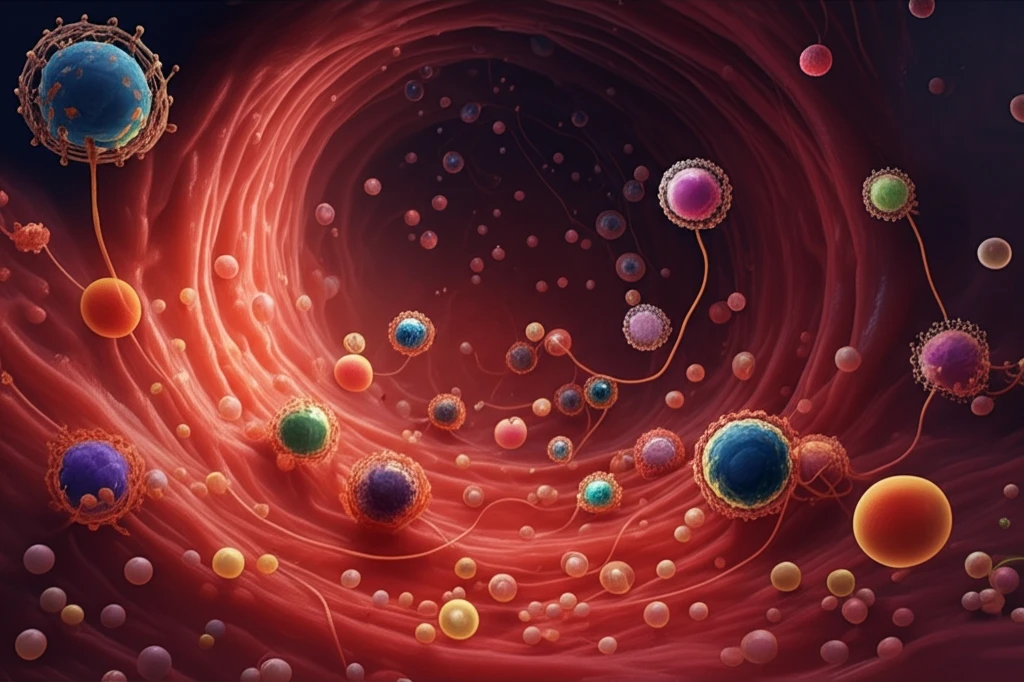
Beyond the Image: How Ultrasound Molecular Imaging is Revolutionizing Healthcare
"Discover how contrast agents and cutting-edge techniques are enhancing diagnostics and paving the way for targeted therapies"
Ultrasound molecular imaging represents a significant leap forward in medical diagnostics, offering a non-invasive and highly precise method to visualize biological processes at the cellular level. By integrating ultrasound technology with molecular imaging, clinicians can now detect diseases earlier and with greater accuracy, leading to more effective and personalized treatments. This innovative approach combines the strengths of ultrasound medicine, molecular imaging, materials science, and nanotechnology.
At the heart of ultrasound molecular imaging are ultrasound contrast agents (UCAs), specialized substances designed to enhance the visibility of structures within the body. Traditional ultrasound imaging relies on the reflection of sound waves to create images, but UCAs amplify these signals, providing clearer and more detailed visualizations. These agents, often in the form of gas-filled microbubbles (MBs), are introduced into the bloodstream, where they respond to ultrasound waves, generating enhanced echoes that improve image quality.
The development of nanoscale UCAs has further expanded the capabilities of ultrasound molecular imaging. These tiny agents can penetrate tissues more effectively, allowing for the detection of extravascular lesions and providing new insights into disease processes. By attaching specific ligands to the surface of UCAs, researchers can target them to specific biomarkers, enabling the visualization of tumors, inflammation, and other critical conditions at their earliest stages.
The Power of Contrast: Enhancing Ultrasound Imaging

Conventional ultrasound contrast agents, primarily composed of microbubbles (MBs) with semisynthetic phospholipid shells, have become a cornerstone of modern medical imaging. These MBs, when introduced into the bloodstream, exhibit remarkable acoustic properties. Upon exposure to ultrasound waves, they undergo resonant volumetric oscillations, rapidly expanding and contracting in response to changes in acoustic pressure.
- Improved Detection: UCAs significantly enhance the detection of subtle anatomical and physiological changes.
- Enhanced Image Quality: The use of UCAs results in clearer and more detailed ultrasound images, facilitating accurate diagnoses.
- Dynamic Observation: Contrast-enhanced imaging allows for the dynamic observation of blood vessels and organs, providing valuable insights into their function.
The Future of Ultrasound Molecular Imaging
Ultrasound molecular imaging stands at the forefront of medical innovation, promising to revolutionize the way diseases are detected, diagnosed, and treated. By combining the strengths of ultrasound technology with the precision of molecular imaging, this field is paving the way for personalized medicine and improved patient outcomes. As research continues and new technologies emerge, the potential of ultrasound molecular imaging to transform healthcare is truly limitless.
